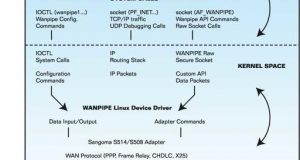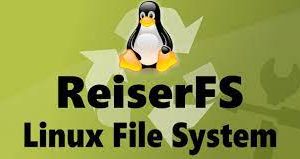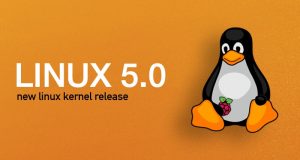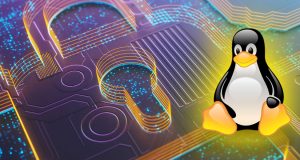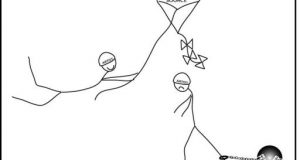Nenad Corbic David Mandelstam Issue #82, February 2001 Corbic and Mandelstam discuss the structure and user interfaces to the WANPIPE drivers as they have evolved and currently exist. From the start, Linux has been the operating system of choice for network appliances—devices that provide services such as network address translation (NAT), firewalling, virtual private networks (VPN), mail services and web ...
Read More »Linux Magazine
The Linux Telephony Kernel API
Greg Herlein Issue #82, February 2001 Herlein explains the integration of the telephony device driver into the Linux kernel. A year ago, Internet Telephony was a curiosity, and many people thought it would never work for real phone calls. Now, with services like Net2Phone, Deltathree.com and DialPad providing free or extremely low-priced phone calls delivered via the Internet, Voice over ...
Read More »Journaling with ReiserFS
Chris Mason Issue #82, February 2001 Mason gives a tour through the Reiser File System: its features and construction. There are a few new file systems coming out for Linux these days, bringing some badly needed features for both servers and desktops. I’ll briefly describe some of the key ReiserFS features and discuss some details of the journal layer. ReiserFS ...
Read More »Making Inodes Behave
Clay J. Claiborne,, Jr. Issue #82, February 2001 Claiborne describes the difficulties he encountered while building Linux systems for General Dynamics. It started with a phone call. Could we build a Linux box that would mount and read a DEC drive and make the data available to NT workstations via Samba? The answer was “I’ll have to get back to ...
Read More »Focus: Kernel Internals
Don Marti Issue #82, February 2001 It’s Special Kernel Issue time. Expecting a thick magazine called Linux Journal to be all about Linux is like expecting a thick magazine called Martha Stewart Living to be all about Martha Stewart. No, wait, bad example. But you get the idea. Linux, which is a kernel written to comply with the POSIX standard, ...
Read More »An Introduction to MSERV
Joshua Drake Issue #81, January 2001 Drake explains how MSERV can end musical dictatorship. Have you ever wondered who picks the music in your office? What about in elevators? I bet you sometimes stand in the elevator thinking, “You know, I bet if I just hit this little red button.” That type of thinking is caused by elevator music. It ...
Read More »Ogg Vorbis—Open, Free Audio—Set Your Media Free
Jack Moffitt Issue #81, January 2001 Ogg Vorbis is the Open-Source Community’s hot alternative to MP3. Audio has become one of the killer apps of the network. With the distribution power that the global network offers, the music industry is being reshaped forever. The boom of audio applications and files on the Internet is responsible for much current litigation surrounding ...
Read More »A Crash Course in SDL
John Hall Issue #81, January 2001 An adaptation of a chapter from the author’s upcoming book entitled Programming Linux Games. Linux gaming is exploding, partly because of the simple fact that geeks like games, and partly because of recent developments in Linux multimedia. Over the past few years a number of excellent Linux-oriented multimedia toolkits have emerged, such as the ...
Read More »The Story of OpenAL
Bernd Kreimeier Issue #81, January 2001 Open Source and Open Standards: Chapters One through Three. A voyage through one of Loki’s free software projects. At Loki Entertainment Software, we deal with lots of different kinds of software. From public domain, to BSD-licensed source, to Free Software under GPL and LGPL, to proprietary code under contract and NDAs, to closed source ...
Read More »Streaming Media
Frank LaMonica Issue #81, January 2001 Frank describes the hardware and software technology used on the server side of the streaming process. Modern technology is not only growing fast, but the growth literally is exploding. There are so many areas of specialized technology that it has become impossible for one person to fully comprehend the intricacies of the subsystems that ...
Read More » Linux, Linux OS, Free Linux Operating System, Linux India Linux, Linux OS,Free Linux Operating System,Linux India supports Linux users in India, Free Software on Linux OS, Linux India helps to growth Linux OS in India
Linux, Linux OS, Free Linux Operating System, Linux India Linux, Linux OS,Free Linux Operating System,Linux India supports Linux users in India, Free Software on Linux OS, Linux India helps to growth Linux OS in India
